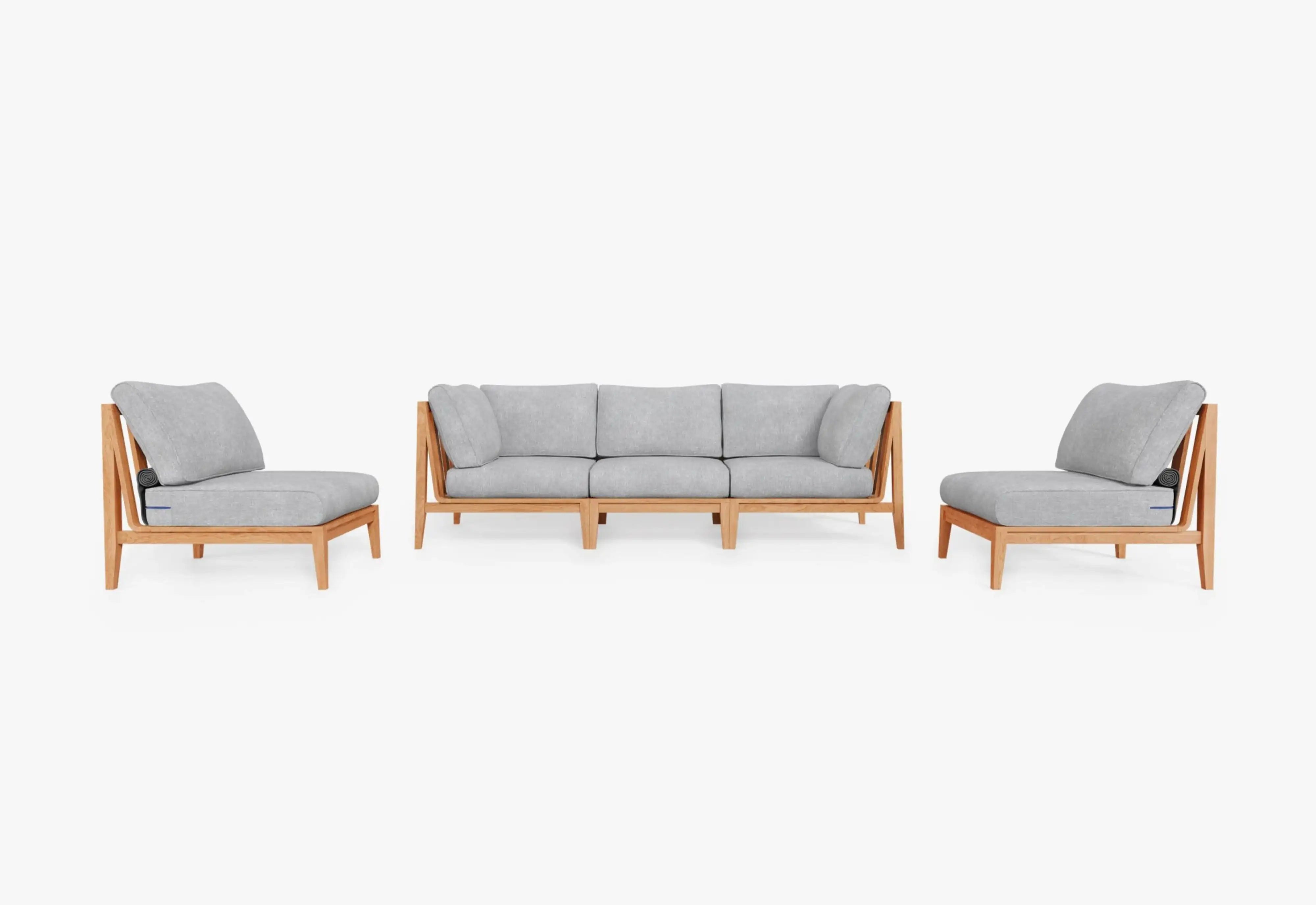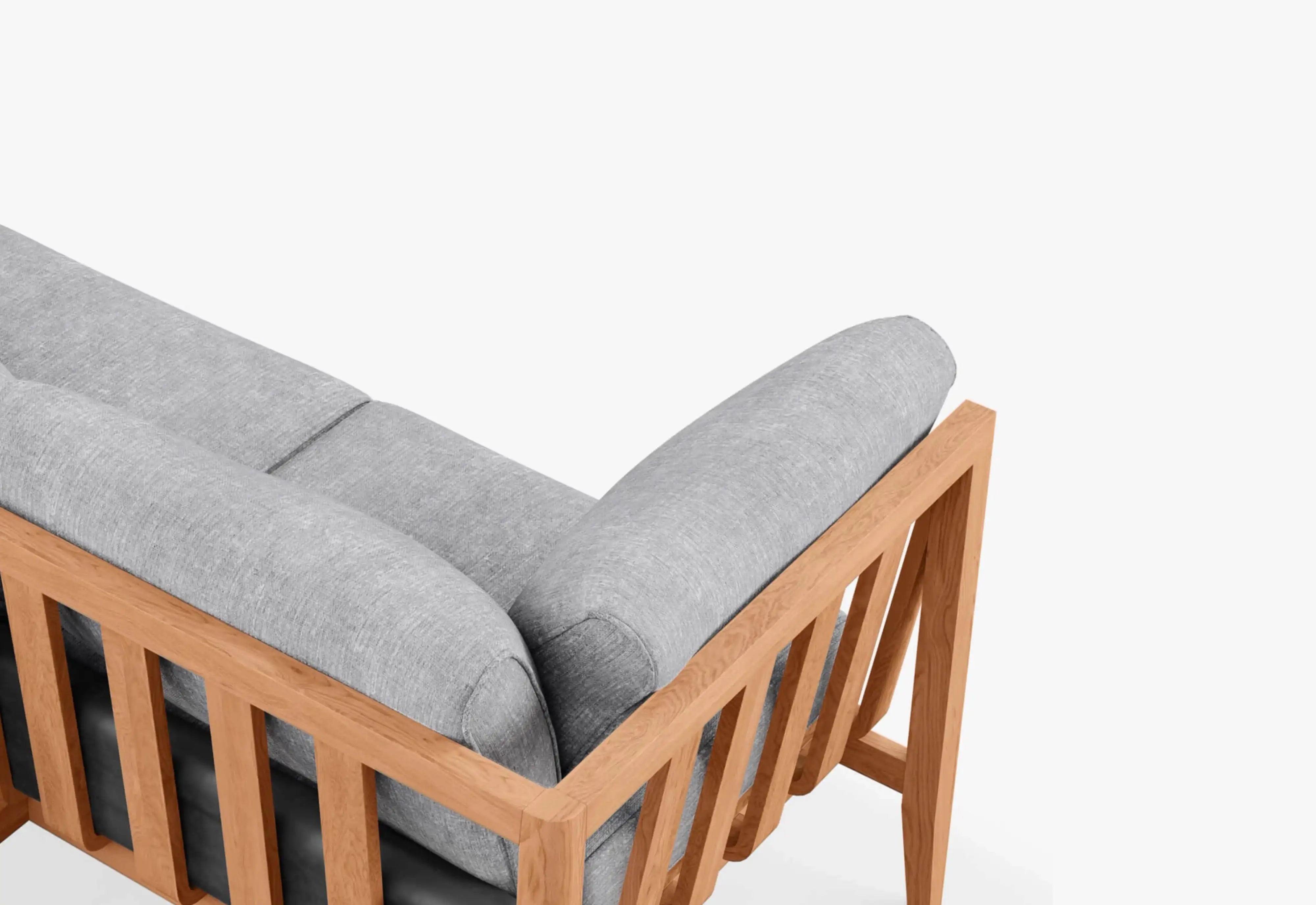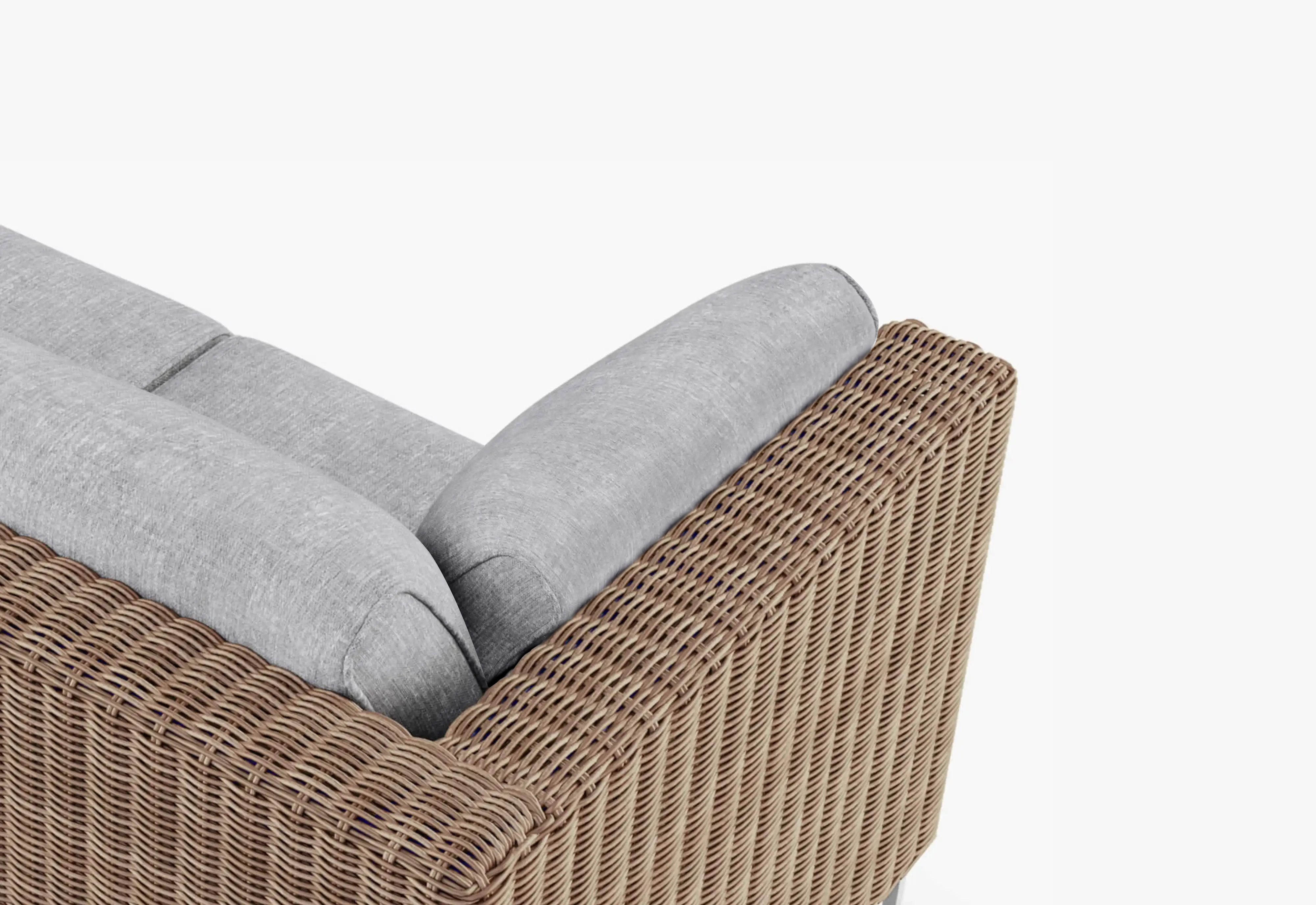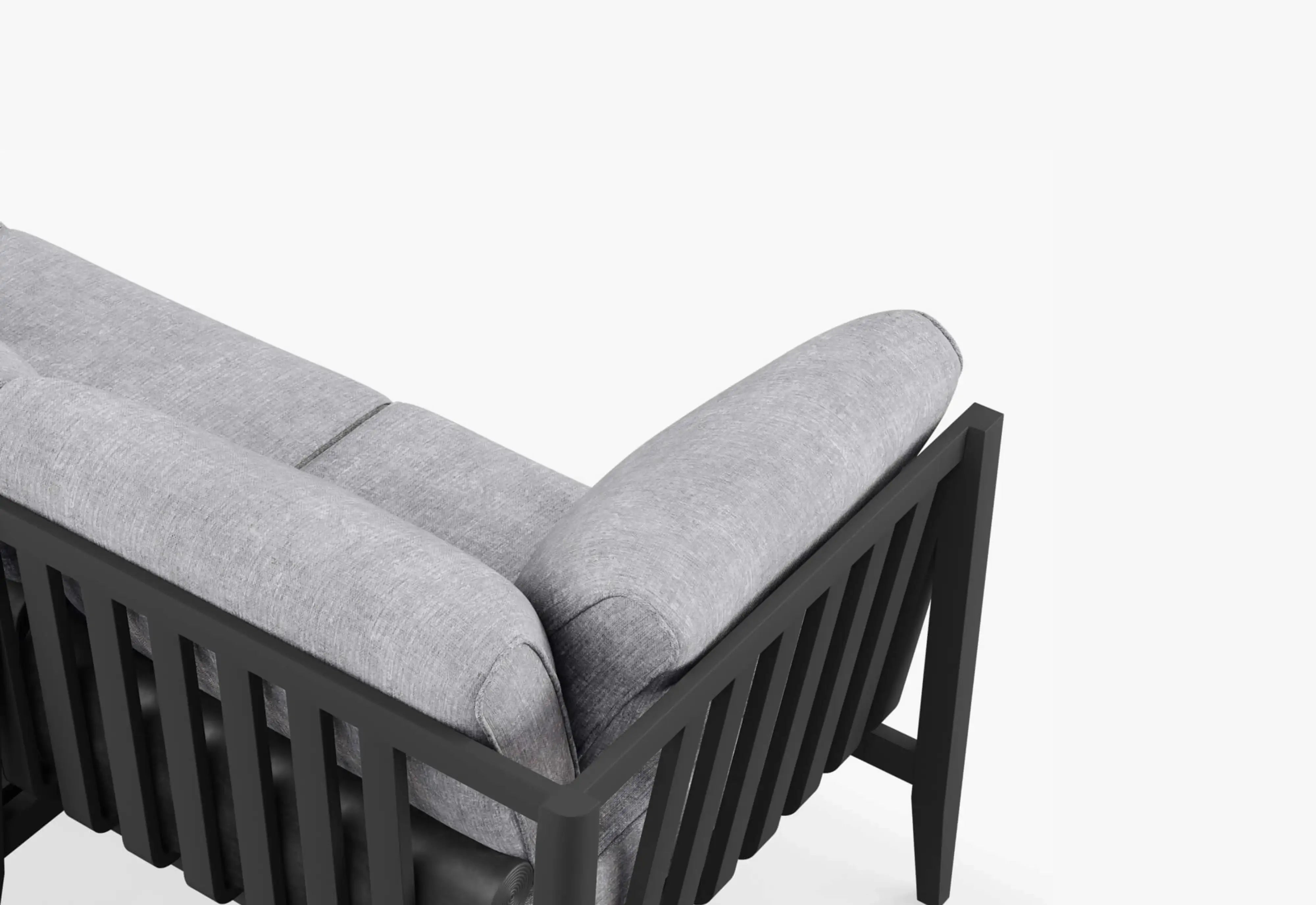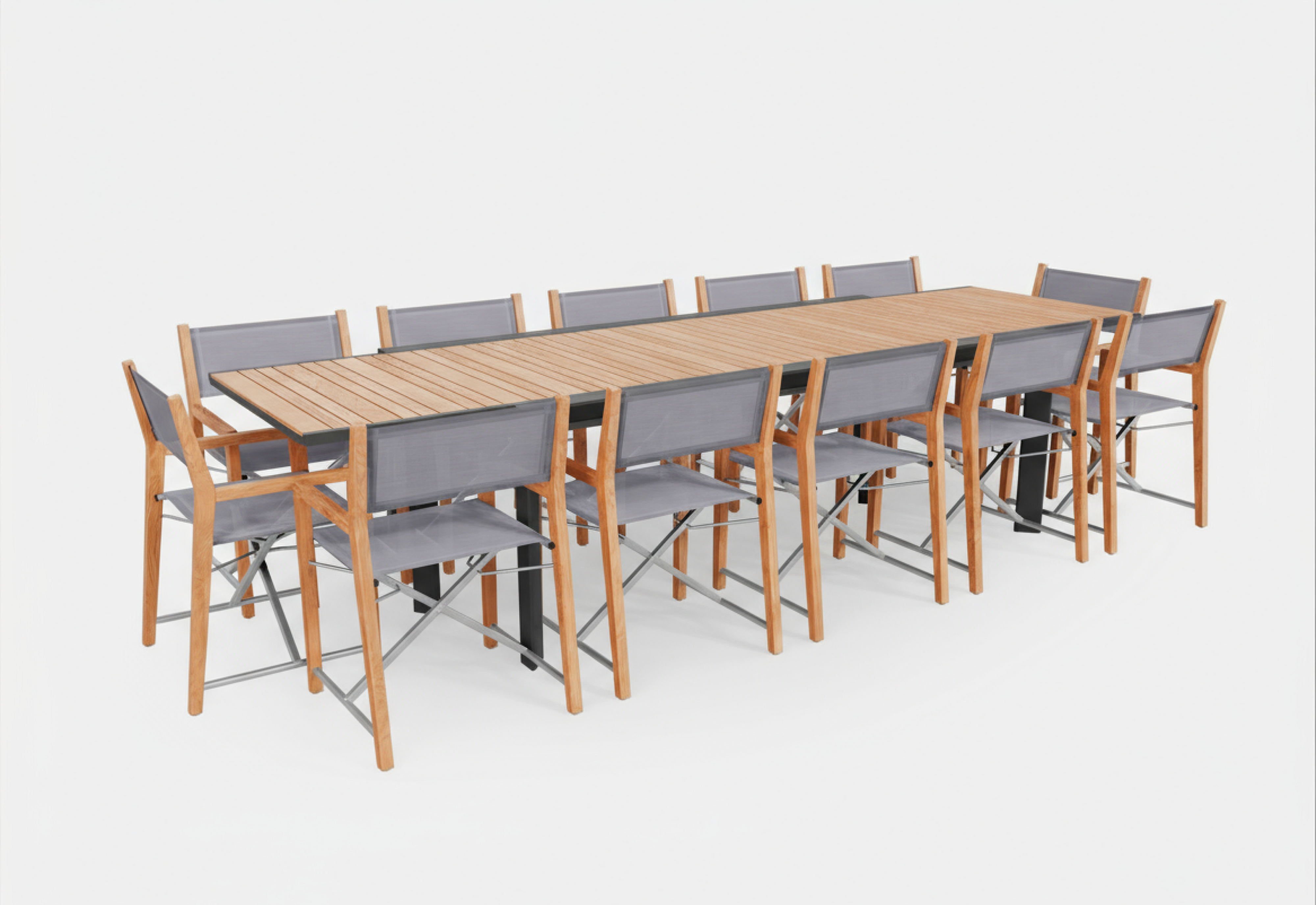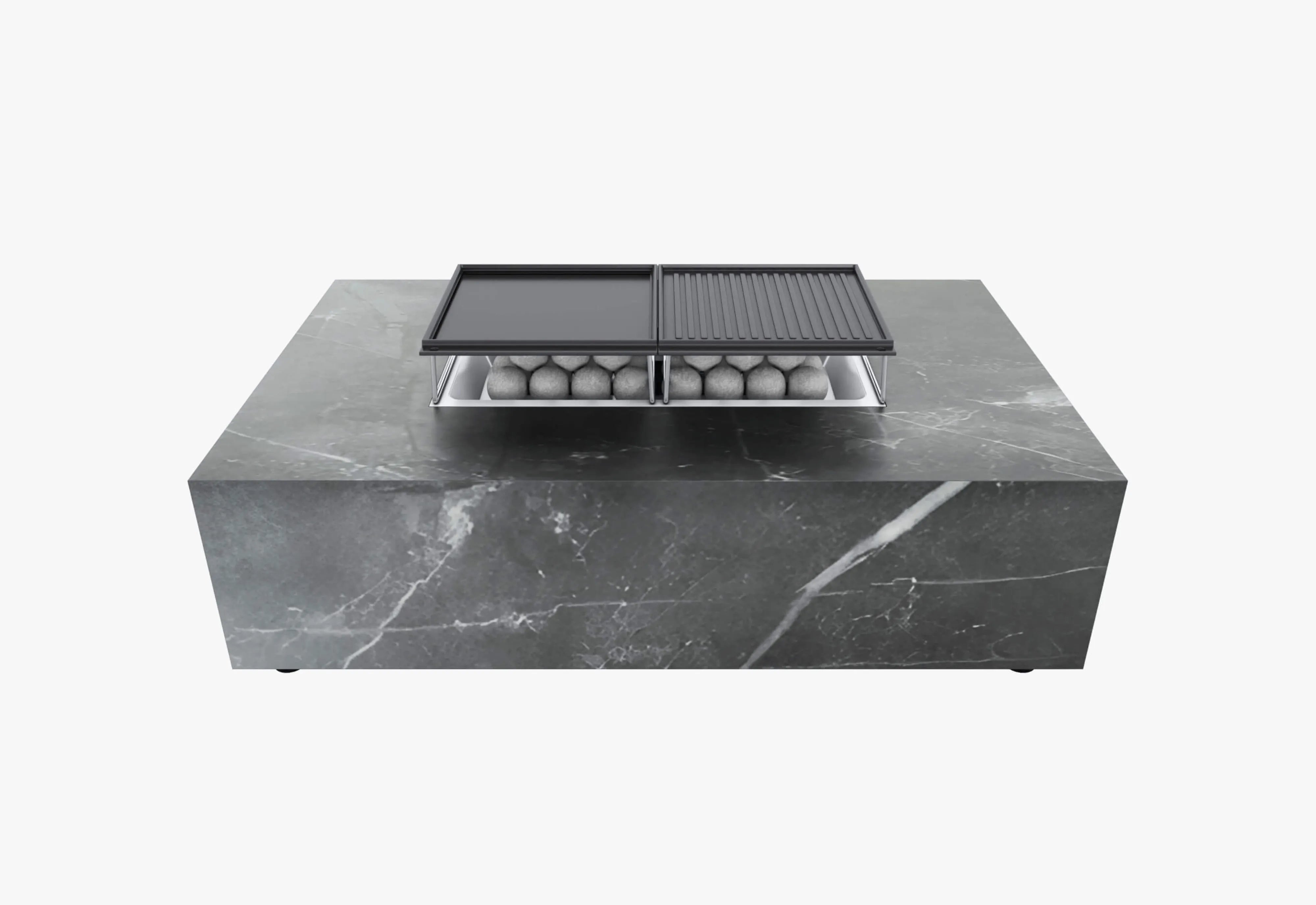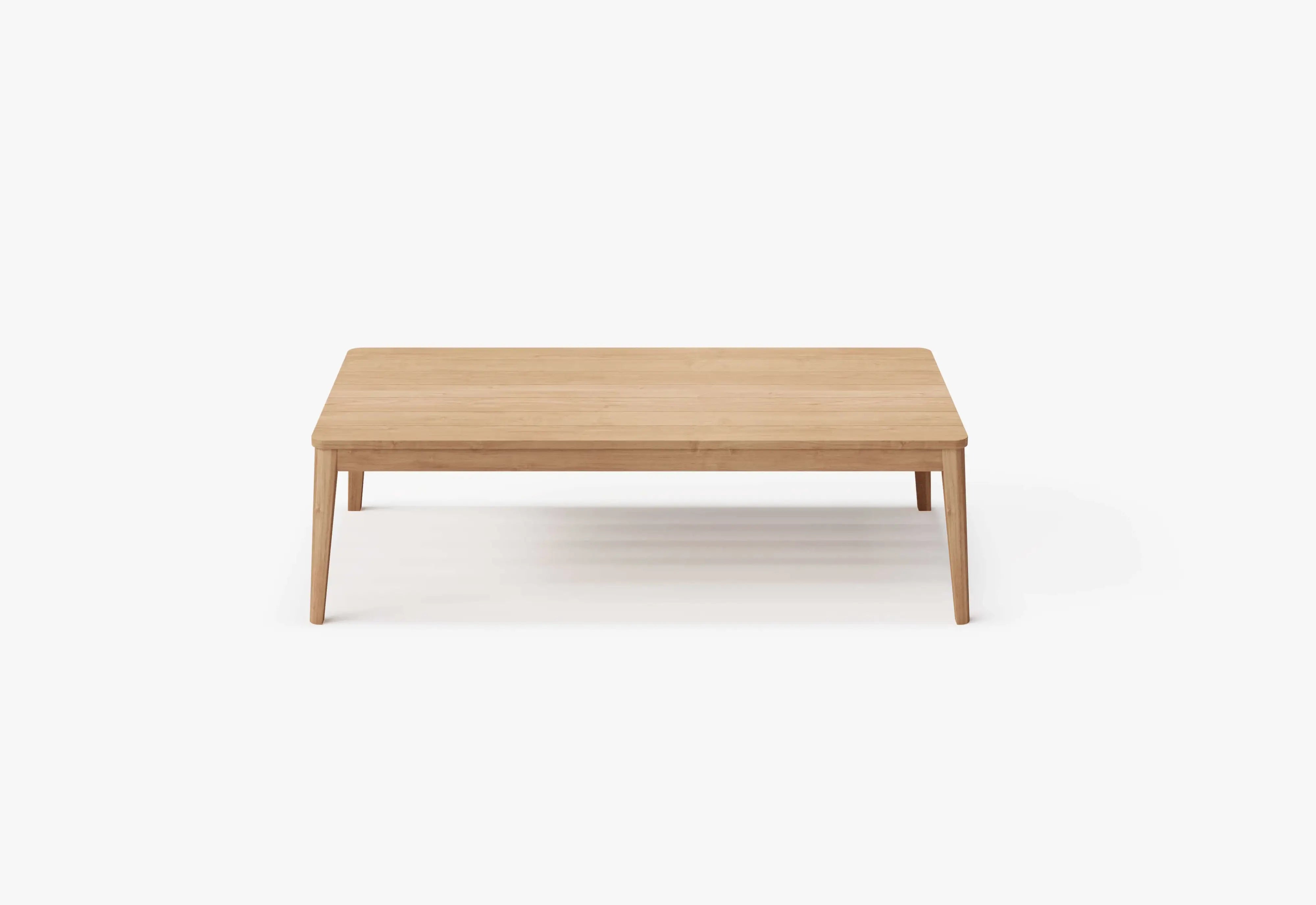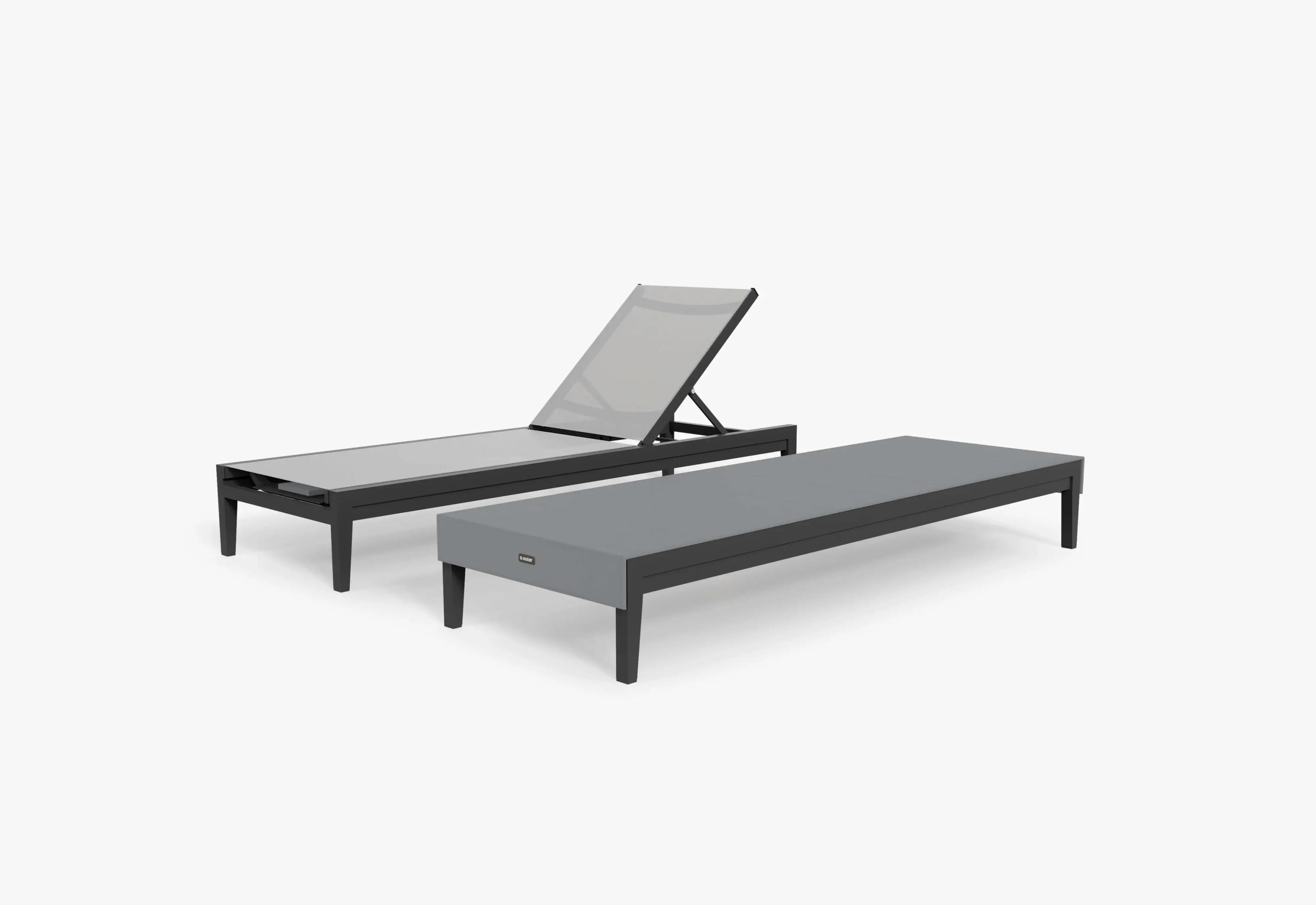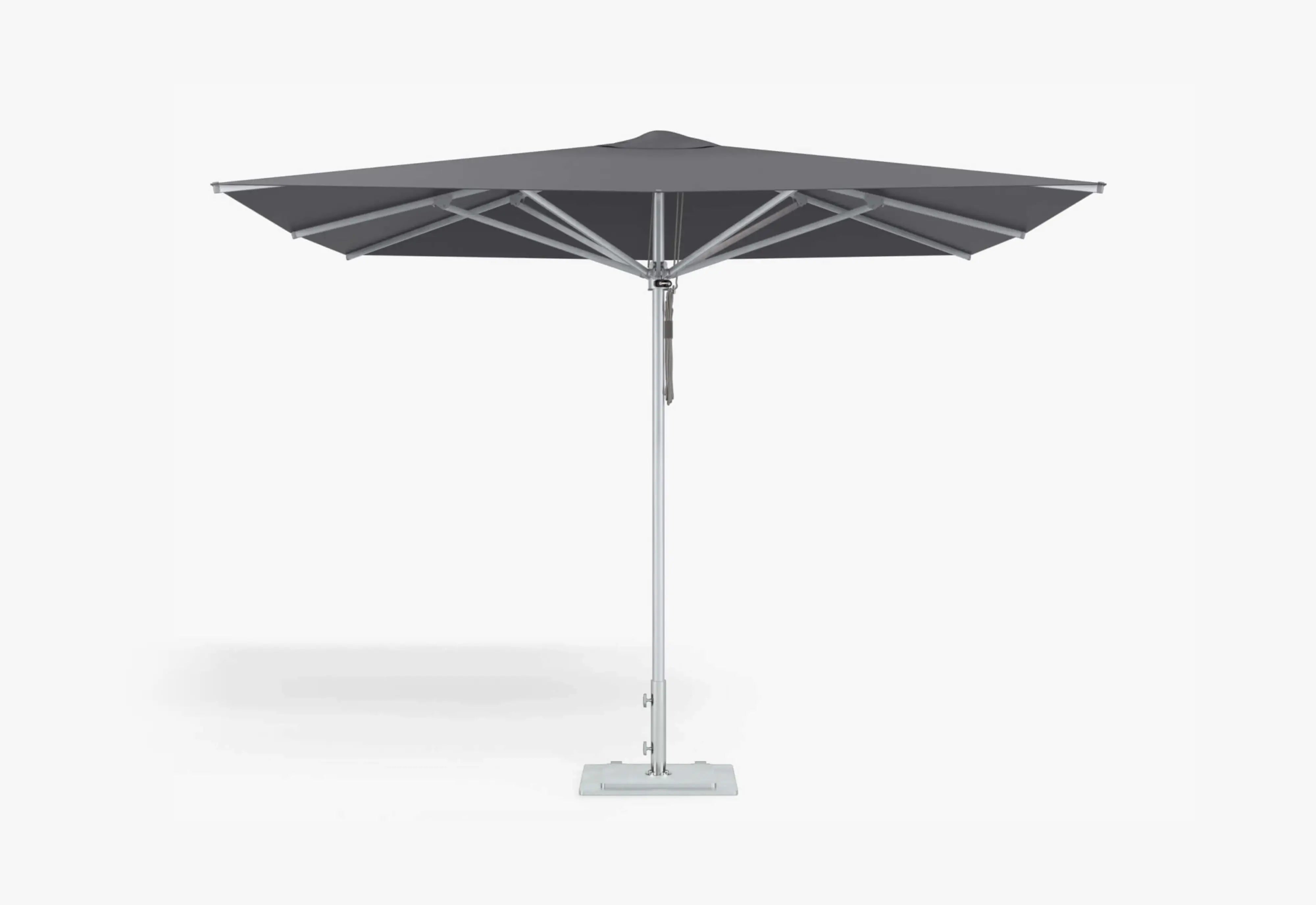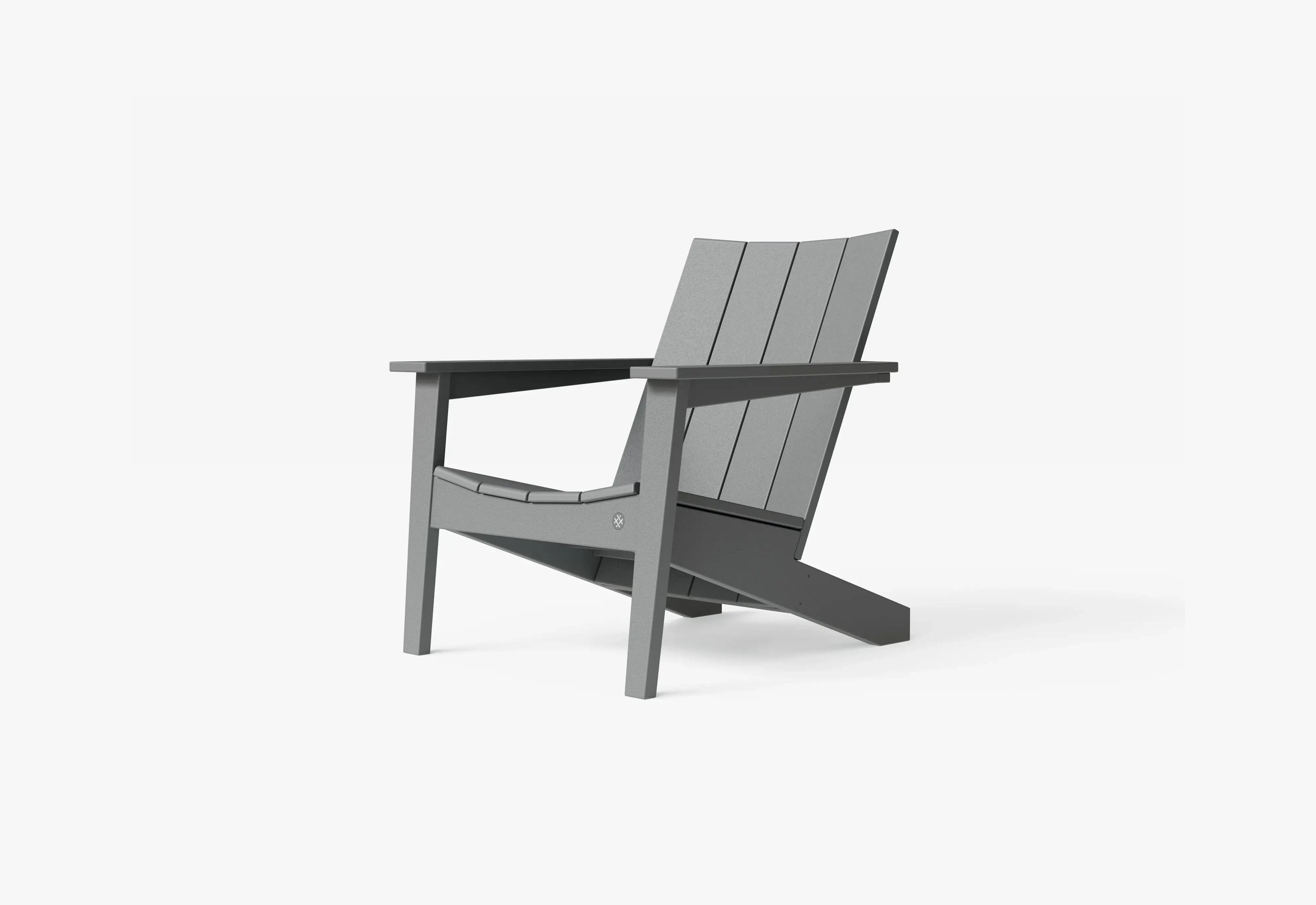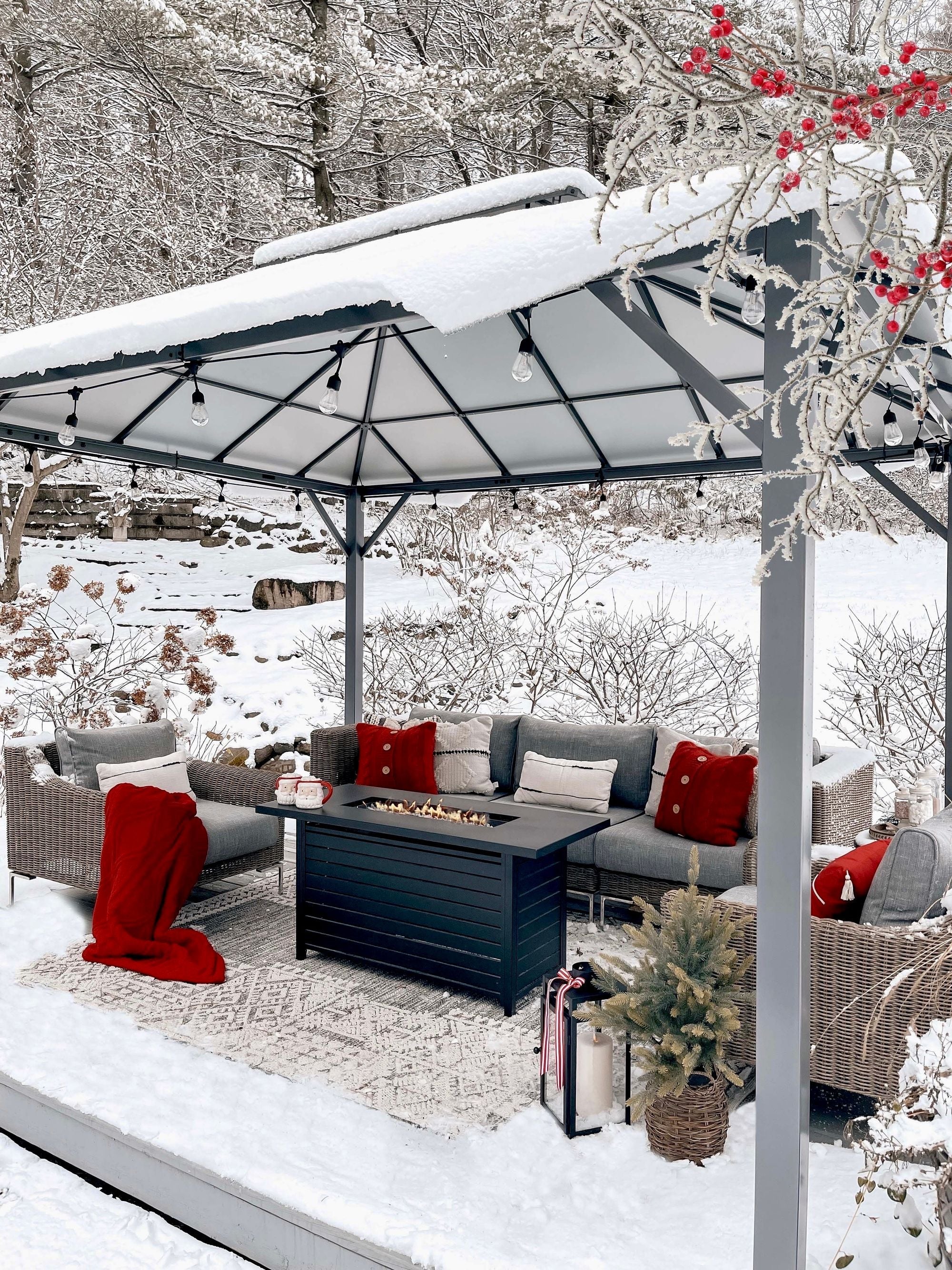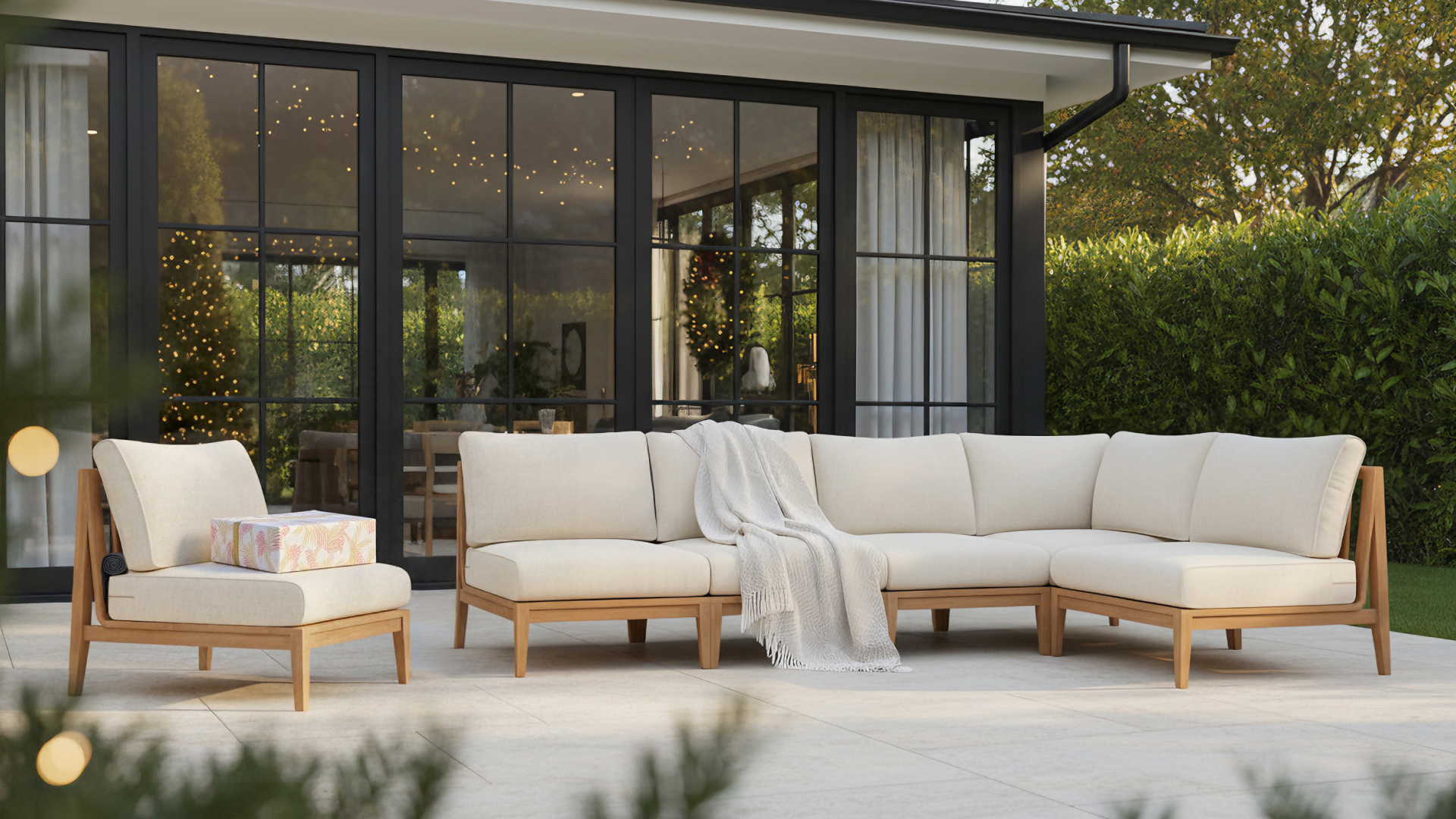Moments in Balance: A Guide to Thoughtful Outdoor Seating

Design isn’t just about how something looks—it’s about how it feels when you step into the space. A well-considered outdoor layout sets the tone for how life unfolds there: the rhythm of movement, the way sunlight hits a cushion, the ease with which people gather and stay. At Outer, design begins with intention. Every angle, material, and curve reflects a purpose—to make outdoor living both beautiful and effortless.
When planning your seating area, proportion is everything. The right arrangement allows furniture to breathe, letting the landscape become part of the composition. A 7-seat outdoor sectional like the White Aluminum Outdoor U Sectional – 7 Seat creates an anchor point—a visual and social center that defines the layout without overwhelming it. Whether your patio is narrow or wide, the goal is the same: design a setting that feels balanced, welcoming, and ready to adapt to the rhythm of everyday life.
Good outdoor design is also about anticipation—thinking of how a space transitions from morning quiet to evening gatherings, from family brunches to fireside talks. When intention leads, the space naturally follows.
Proportion and Flow in Outdoor Layouts
Proportion creates visual harmony, while flow ensures usability. Together, they turn furniture placement into design language. Imagine how guests will move between your seating and dining zones, or how light will shift across the day. Outdoor spaces thrive when they feel connected, not compartmentalized.
Consider aligning your main seating group with a secondary function—such as dining or lounging—to maintain a seamless transition. A piece like the Teak + Aluminum Expandable Dining Table mirrors this philosophy beautifully. Its adaptable design bridges everyday meals and larger gatherings, complementing a sectional layout without crowding it.
When designing flow, think in layers: pathways, sightlines, and gathering points. Each element should serve both form and function. Allow a meter or more of walking space around major pieces so movement feels unhurried. Orient seating to encourage conversation while keeping focal points—trees, pools, or a garden wall—within view. Balance isn’t symmetry; it’s comfort through composition.
By observing how people use the space, you’ll know if the design feels intuitive. When every transition feels natural, you’ve achieved true design flow.
The Role of Material Harmony
Great outdoor spaces are multisensory—they look cohesive, sound calm, and feel tactile. The materials you choose determine that sensory balance. In design terms, harmony doesn’t mean matching every texture; it means blending contrasting ones with intention.
For example, pairing cool-toned aluminum frames with natural teak elements softens the geometry and introduces warmth. Textiles are equally vital. The OuterWeave® Fabric brings a refined touch through tone and texture—engineered for durability but designed for elegance. Its subtle matte finish diffuses sunlight rather than reflecting it, creating a calm visual field that grounds the entire space.
When selecting color palettes, consider continuity between interior and exterior. Neutral foundations—taupe, ivory, or muted gray—create cohesion and allow accent tones like terracotta or sage to shine through. Design harmony is about restraint: every detail should feel intentional, not added for decoration’s sake.
This material mindfulness extends beyond aesthetics. Surfaces should invite touch, not demand maintenance. Choose finishes that weather beautifully, evolving with your environment rather than against it. That’s how good design becomes timeless.
Designing Around Connection
Every outdoor space needs a point of gravity—a center that draws people in and encourages them to stay. In most homes, that’s a dining table or a fire feature. These elements don’t just add function; they add atmosphere. They tell people where to gather and what the space is meant for.
A sculptural piece like the Concrete Fire Pit Table Cooking Set – Round does exactly that. Its clean geometry grounds the seating layout while inviting warmth and interaction. When placed in relation to a sectional, it creates a design dialogue: soft upholstery meets solid form, heat meets air, people meet conversation.
Connection in design is also emotional. The best spaces make everyone feel included—no seat too far, no corner neglected. Arrange furniture in gentle arcs rather than rigid lines; it encourages eye contact and makes conversation flow naturally. Anchor these groupings with textures that evoke comfort, like smooth concrete beside woven cushions or teak grain under candlelight.
Even lighting plays a role in this choreography. Layer ambient, task, and accent light to define zones without fragmenting them. Good design guides people subconsciously; they feel drawn to stay without knowing exactly why.
Timeless Comfort Through Thoughtful Design
Comfort in design is more than softness—it’s the confidence that every detail has been considered. It’s knowing that materials, proportions, and craftsmanship all serve a singular purpose: to make life outdoors feel as natural as life inside. The OuterCloud® Cushion embodies this philosophy with its triple-layer structure, offering support that lasts through countless afternoons and seasons.
As you refine your layout, think about longevity in both form and function. Modular designs, like Outer’s collections, allow you to adapt as your life changes—hosting larger gatherings, adding dining extensions, or reconfiguring for new settings. Durable materials ensure each piece weathers gracefully, acquiring character without losing integrity.
Designing for longevity also means designing for care. By following simple routines—like brushing off debris or letting fabrics dry before covering—you extend the lifespan of every element. For guidance on maintaining timeless beauty, explore How to Keep Your Outdoor Furniture Looking Like New, Year After Year.
Ultimately, thoughtful design is about balance: between open and intimate, natural and crafted, enduring and evolving. When done right, your outdoor space becomes an extension of your home’s architecture—inviting, considered, and unmistakably yours.
